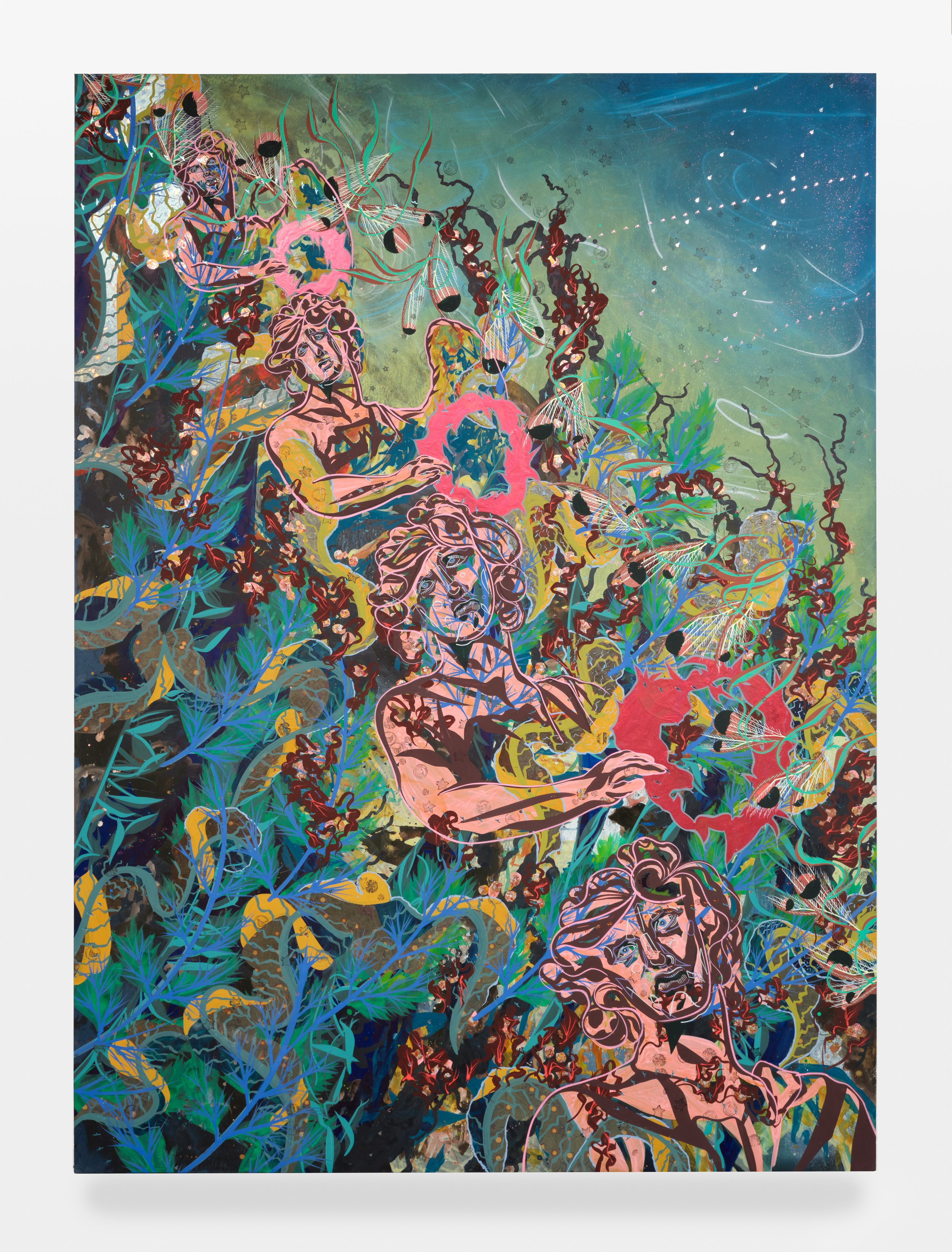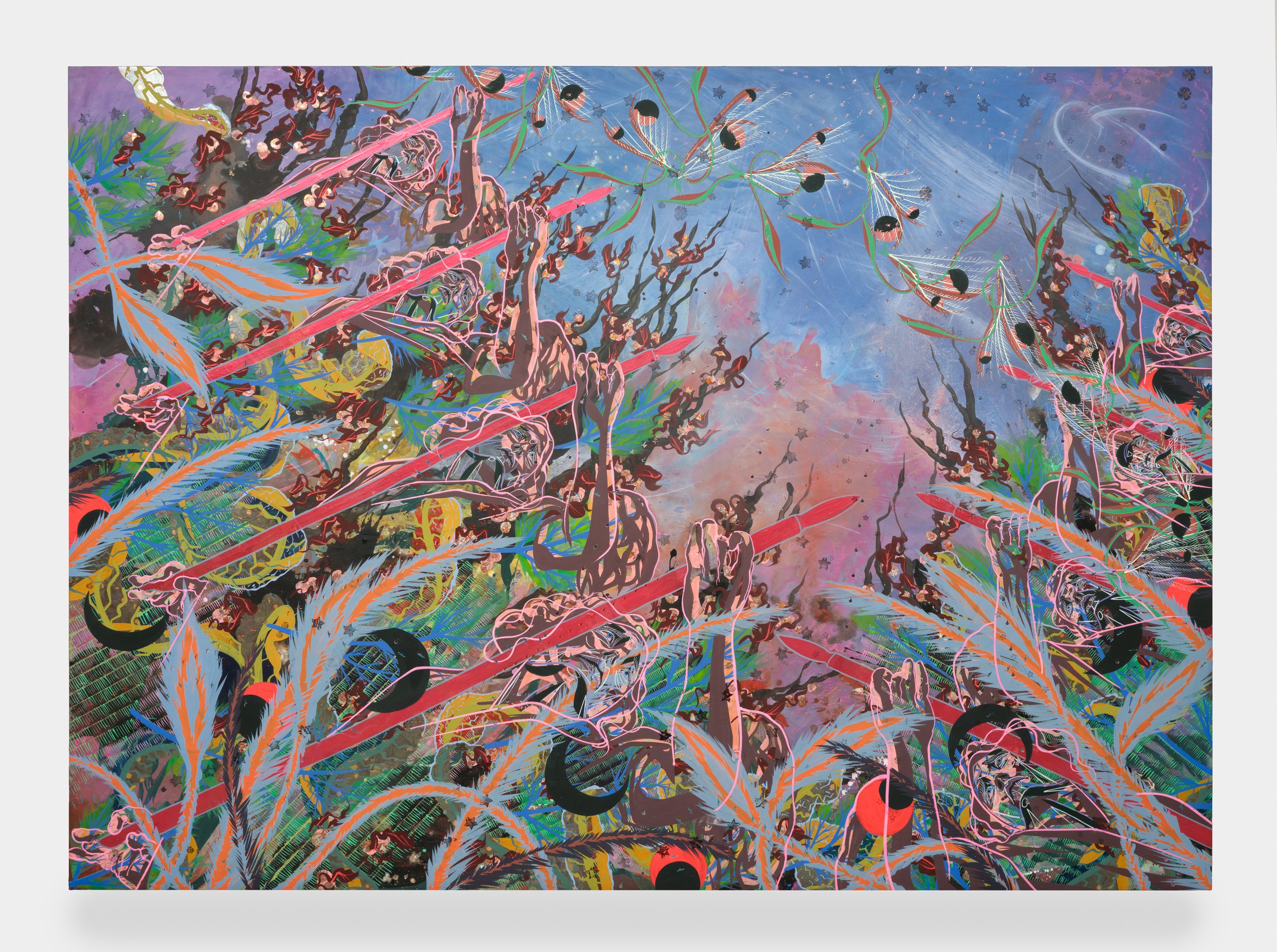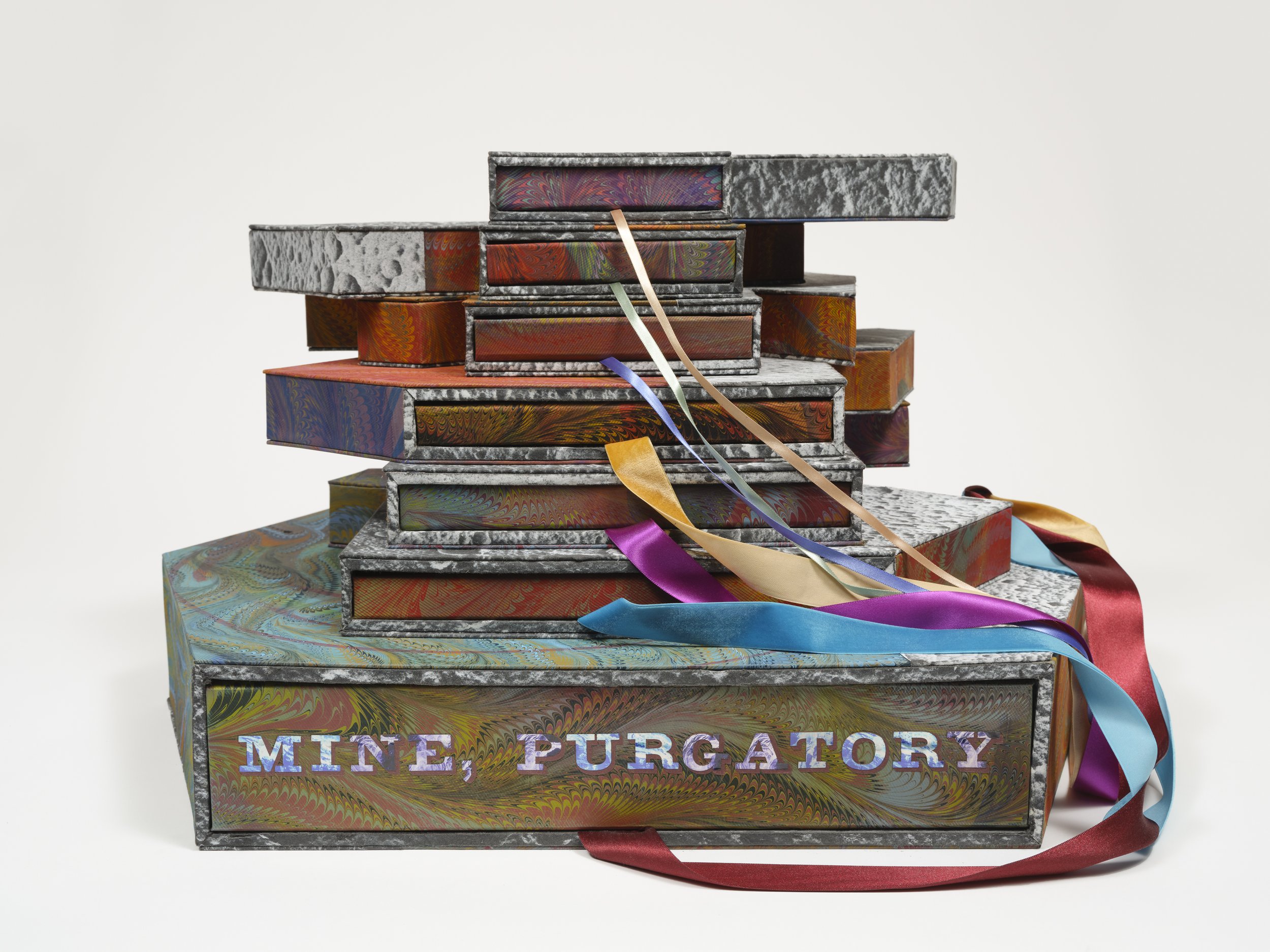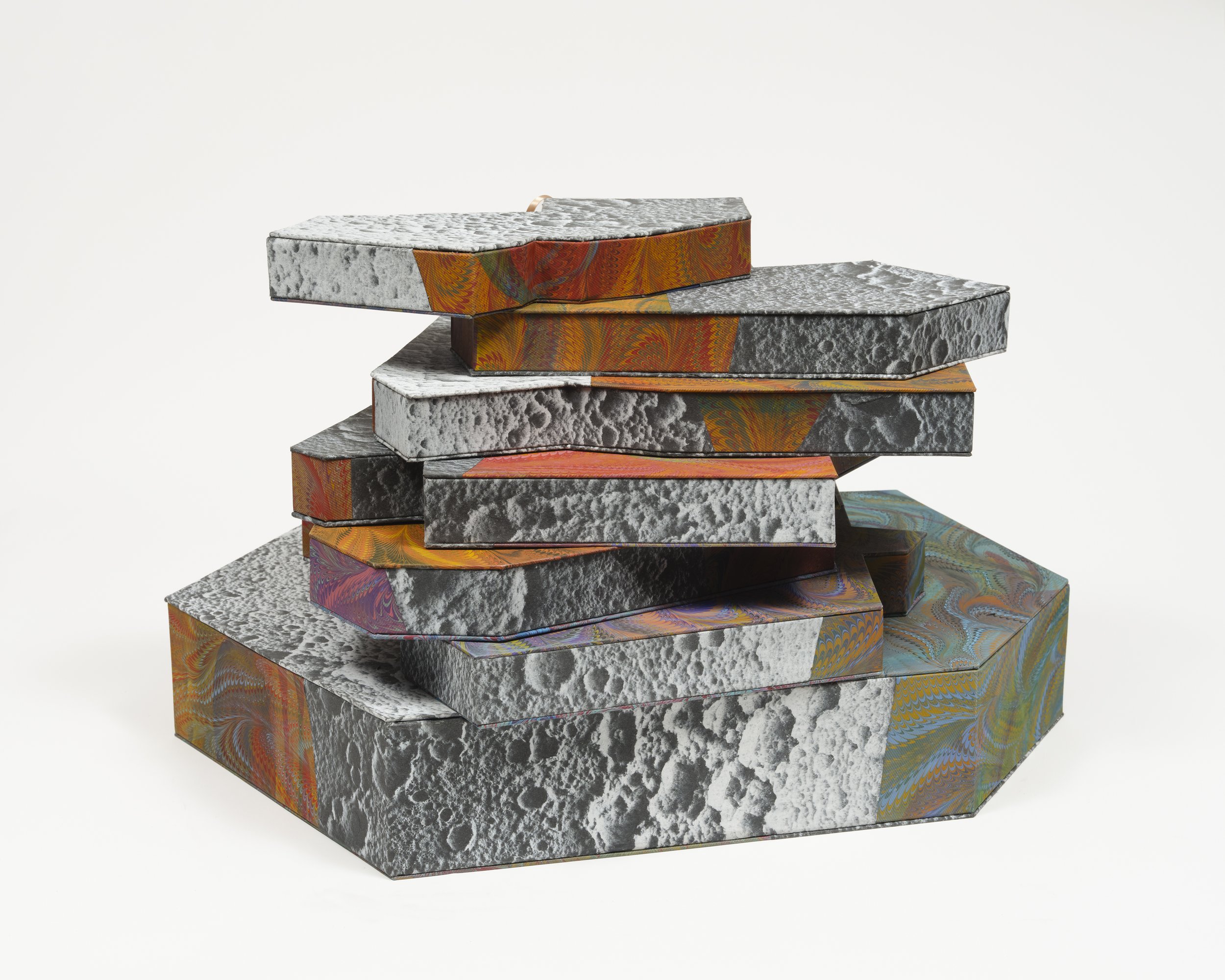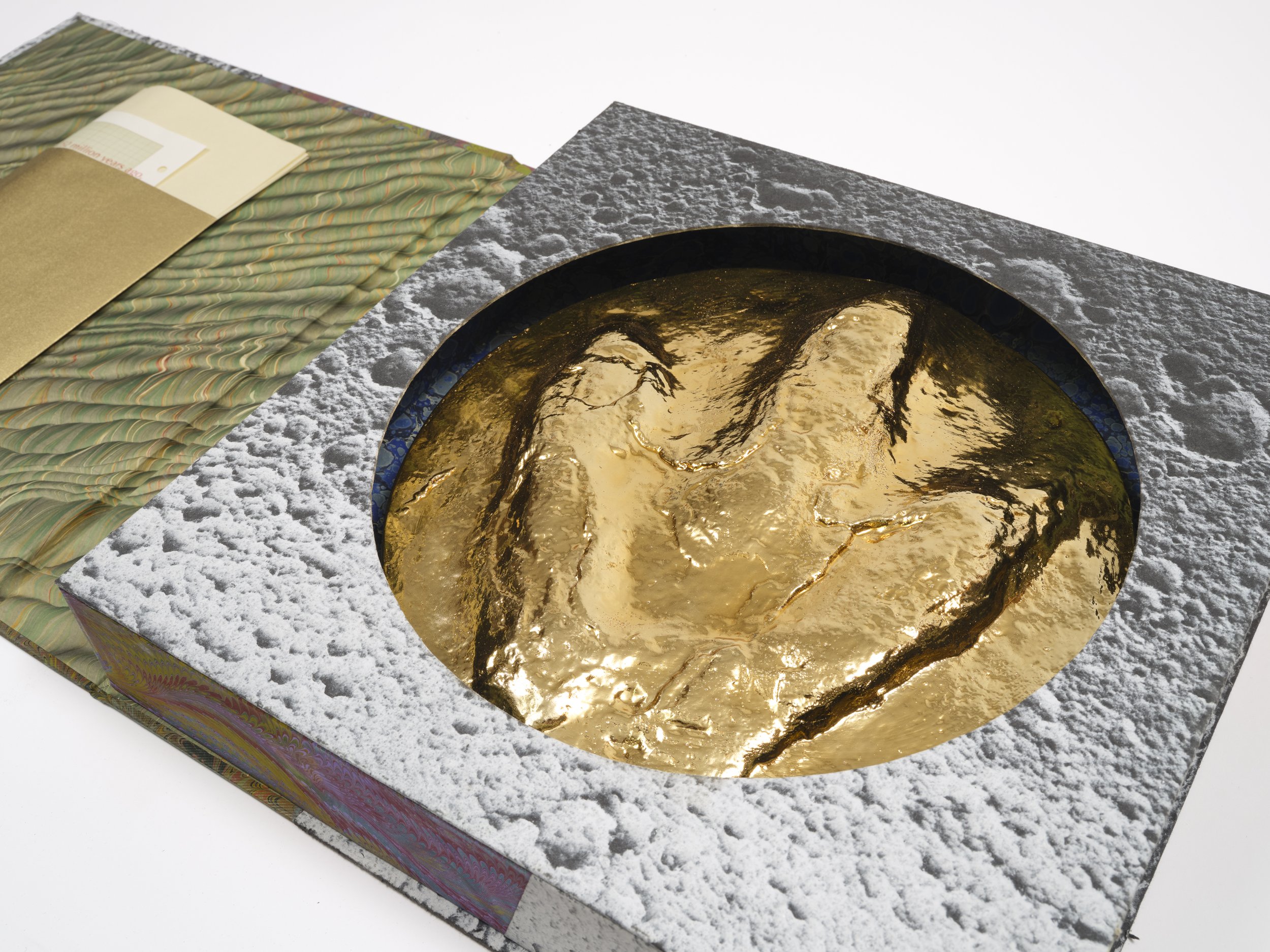Inspired By Dante, Tammy Nguyen’s ‘A Comedy For Mortals’ embraces confusion
(REVIEW) The 14th century Italian poet Dante Alighieri wrote the “Divine Comedy” more than 700 years ago — an epic three-part tale of love, sin and redemption describing one man’s journey through the realms of the Catholic afterlife, beginning in Hell (Inferno), then moving to Purgatory (Purgatorio) and finally ending in Paradise (Paradiso).
As one of the most influential works of Western literature, it has inspired countless artists through the centuries, including British draftsman William Blake, French sculptor Auguste Rodin, American artist Robert Rauschenberg and many others.
Such has been the influence of Dante’s poem on Vietnamese American artist Tammy Nguyen that she has devised an ambitious three-part exhibition, “A Comedy for Mortals,” inventively interpreting the text through the lens of Cold War-era geopolitics in Southeast Asia.
READ: The Art Of Stanley Spencer And Roger Wagner Join Forces
The series opened with “Inferno” at Lehmann Maupin’s Seoul gallery last year and will conclude in 2025 with “Paradiso” in New York. The second installment, “Purgatorio,” is currently on show in London.
Spread across the gallery’s two floors is a suite of colorful mixed-media paintings, their rich and complex surfaces teeming with figurative imagery. Political figures, crosses, ferns, angels, insects, crowns of thorns and even dinosaurs all vie for attention as your eye is pulled this way and that, constantly finding new details amid the multiple layers of watercolor, pastel, vinyl paint and screen printed elements.
Move up close and yet more imagery reveals itself in the form of tiny parachutes, airplanes and helicopter motifs applied with metal leaf, which glistens as it catches the light. Rubber stamps have also left their mark, littering the compositions with inky seashells, stars and the logo of a mining company. Appearing like a kind of psychedelic camouflage, the overall effect is feverish, almost hallucinatory.
Nguyen places her characters in a tropical island setting, where time seems to collapse. Dante and Virgil mingle with a prehistoric T-rex, while angel statues from the Ponte Sant’Angelo are seen alongside various international leaders who were present at the 1955 Bandung Conference (a meeting in Indonesia of recently independent Asian and African states designed to promote economic and cultural cooperation while opposing colonialism and neocolonialism).
Jesus Christ even makes an appearance in the painting “Natural Love is Always Inerrant” (2024), arriving by boat to the shores of purgatory while carrying his cross.
If all this sounds confusing, it is, and deliberately so. Indeed, Nguyen embraces confusion and ambiguity. She collides disparate time periods and seemingly unrelated references to reflect the contradictions of living in an increasingly fragmented and pluralistic society, where multiple truths and conflicting worldviews jostle side-by-side.
In the “Divine Comedy,” Dante ascends Mount Purgatory with the assistance of Virgil, the ancient Roman poet. Nguyen, however, seems more interested in what is inside the mountain. Her ambitious multi-volume artist book, “Mine, Purgatory” (2024) reimagines the pair’s pilgrimage as a descent into the Grasberg Mine in Indonesia, which boasts one of the largest reserves of gold and copper in the world. In Nguyen’s hands, the book becomes a sculptural form, taking the shape of a mountain with each section taking us deeper within the artist’s subterranean imaginings.
Here, excerpts from Dante’s Purgatorio mingle with statements from the Bandung Conference. At the base of the book — the center of the mine — is a golden dinosaur footprint, a reference to the fictional monster Godzilla, which was conceived in postwar Japan as a metaphor for the threat of nuclear destruction.
As is typical for the artist, these are big themes, touching on the ambiguities of morality and ethics while provoking questions around land rights, exploitation of the Earth’s resources and mutually assured destruction. The same was true of last year’s “Inferno” exhibition, which contrasted Dante and Virgil’s descent into hell with the Space Race — another arena characterized by moral complexity, especially around the issue of space colonization.
It is, though, to Christian iconography that Nguyen is often drawn. Her 2022 series, “The Stations of the Cross,” comprises fourteen paintings inspired by a visit to Indonesia, where her parents had been Vietnamese refugees. On the island of Pulau Galang, in a decommissioned refugee camp, she encountered 14 golden statues representing the Stations of the Cross, each one set into a refugee boat overgrown by nature.
Her compositions set Christ’s Passion in a verdant, tropical environment, speaking to the legacies of colonialism but also the positive role of faith in traumatic situations. Conscious of the contradictions at play, Ngyuen acknowledges that Catholicism penetrated Vietnamese society both through colonial imposition and by nonviolent evangelical missionary efforts.
“What does it mean when the salvation is true?” she has asked, recognizing that while Christianity is often implicated in imperial oppression, it has at the same time brought great comfort and hope to many. These ideas run subtly through her London exhibition, reflected in titles such as “I Pray to God That This Asian-African Conference Succeeds.”
Nguyen’s balanced and nuanced engagement with religion is refreshing in an art world often blind to the benefits of faith. How she will choose to interpret Paradiso next year remains to be seen, though no doubt it will be just as idiosyncratic, thought-provoking and wildly inventive as her first two installments.
“Tammy Nguyen: A Comedy for Mortals: Purgatorio” is at Lehmann Maupin, London through April 20. Visit the Lehmann Maupin website for more information.
David Trigg is a writer and art historian based in the U.K. You can find him on Instagram @davidtriggwriter.


